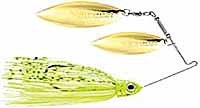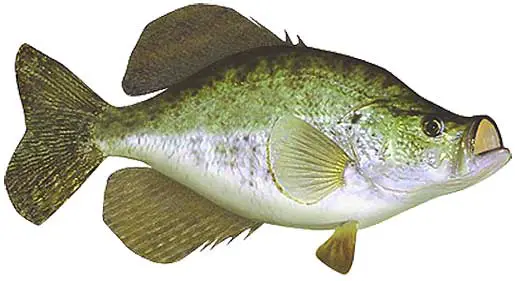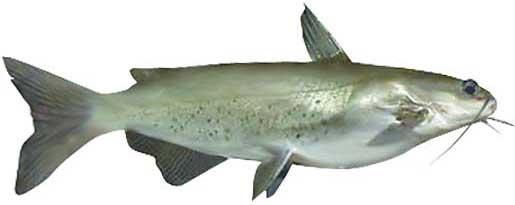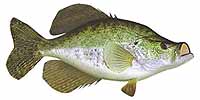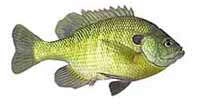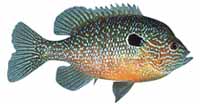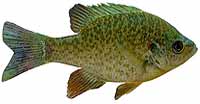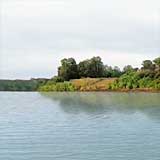Fishing Report For Cross Lake, LA
By Rick Seaman
September 10, 2025
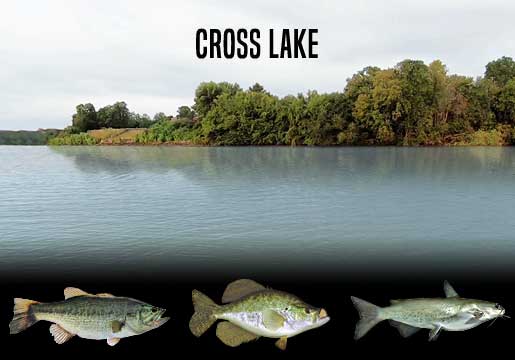
Fishing Reports
Popular Fish Species Cross Lake, LA
Largemouth Bass
Current Report: Good To Very Good
FALL. Now that early Fall has arrived, bass here are starting to follow schools of baitfish into coves and shallow bays. Topwater, jerkbaits, crankbaits, and slow-rolled spinnerbaits are catching most of the bass. Later in Fall, as deeper water cools, bait and bass move out to ledges, channel edges, points and humps, where flutter spoons and jigs are good choices.
WINTER. Winter will isolate many bass around slightly deeper structure, flats, points and creek channels. The majority can be found from 10 to 15 feet deep. Here they hold, feeding less frequently, awaiting warmer water to return in Spring. Some bass tend to move into thicker, shallower cover and feed all Winter.
SPRING. Once water temperatures rise into the low 60's, largemouth will move from deep winter areas, to shallower water around weedlines in 3 to 10 feet of water. Anglers using vibrating jigs, jerkbaits and spinnerbaits typically get bites just away from the shoreline. At this time they are feeding aggressively and preparing for the spawn. Once water warms into the mid to high 60's, they will move into 1 to 4 feet of water, and create nests, then lay their eggs. Immediately afterwards, females move to deeper water and males remain to guard the eggs, and then the fry. After a couple weeks, the males also move to slightly deeper water. Crankbaits, vibrating jigs, plastic worms and swimbaits are catching bass during this period.
SUMMER. Water temperatures will warm considerably in Summer. Bass will feeding shallow, early and late in the day, where they will be caught on topwater, crankbaits, vibrating jigs, and swimbaits. Wacky-rigged stick worms always catch finicky bass when the bite is slow. Largemouth bass here feed on gizzard shad, threadfin shad, small sunfish and crawfish. During the hotter parts of the day, they are being caught deep on points, channel edges, and ledges 14 to 18 feet deep. The best reports seem to be from anglers fishing the west end of the lake, around cypress trees, weedlines and docks.
White Crappie
Current Report: Good To Very Good
FALL. Baitfish, which are moving into shallow flats, coves and bays, will draw crappie into these areas. Here they will feed heavily in preparation for the cold Winter. Small spoons, along with minnows, hair jigs, and crappie jigs, are good options during this feeding marathon. Late fall starts the migration deeper toward winter holding areas, for both crappie and baitfish. Small flutter spoons can be ideal during this transition
WINTER. Once the shallows start cooling rapidly, crappie will migrate to deeper holding areas, mostly off shore. At this time they are typically caught using a very slow presentation, in 15 to 18 feet of water. Tree stumps and deep weedlines are good holding ares during the cold months.
SPRING. In early Spring, crappie begin staging in 3 to 6 feet of water, around spawning bays and shallow flats. Spring is prime time to be on the water, as crappie have moved shallow to spawn. At that time, they are typically caught in 2 to 4 feet of water. Docks, brush, wood and weedlines are where most anglers are catching good numbers using small crappie jigs or live minnows. After the spawn, crappie typically move outside these spawning area and hold on nearby cover. Once they move deeper, anglers report success using fish finders and forward facing sonar to locate schools of crappie, which tend to stack vertically around cover. Light tackle, with 4 lb to 8 lb line, is a popular choice.
SUMMER. Water temperatures warm, and crappie fishing is usually pretty good. Now that the spawn is over, and the hot Summer sun is warming the shallows, crappie have retreated to depths of 12 to 18 feet, or embedded in the shade of heavy vegetation. This is a good time to focus around deeper weedlines and docks. Anglers are also locating schools of crappie hanging above deep structure and points.
Channel Catfish
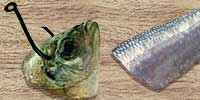

Current Report: Good
FALL. This is one of the best times of year for catching channel catfish. They are migrating away from current, to moderately deeper holes in the main lake. They remain in these areas and feed aggressively in preparation for Winter. There are good numbers of 2 to 3 pound channel catfish being caught.
WINTER. In Winter, channel cats gather in deep holes and go virtually dormant, especially if water cools into the 40's. They hole up in pockets from 15 to 18 feet deep and await warmer water. Slow presentations, especially cut bait, can still entice strikes.
SPRING. In Spring, when water temperatures rise into the high 40's, channel catfish start their migration up river, often feeding in heavily when run off from rain storms, is flowing into the lake. They hold here, and feed aggressively, around relatively shallow cover until water warms into the mid 70's, at which time they begin the spawn process. Anglers are using slip sinkers, 3-way rigs, or Carolina rigs to keep the bait close to the bottom.
SUMMER. In early Summer, slow-moving water, at the upper end of the lake draws catfish to feed, in mid depths. Then they are scattering, locating cover in slightly cooler water. Reports indicate the most successful anglers are using nightcrawlers, cut bait or shrimp. Fishing from late in the day until midnight is producing some of the best results, as this is their prime feeding time.
Fishing Video
Fish species to fish for...
Guide to fishing for largemouth bass, spotted bass, channel catfish, flathead catfish, blue catfish, white crappie, bluegill, green sunfish, longear sunfish, redear sunfish, warmouth and hybrid striped bass at Cross Lake in Louisiana.
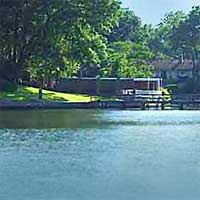
Cross Lake is an 8,800-acre lake with over 50 miles of shoreline. Largemouth bass, channel catfish and crappie top the list of popular fish species. Flathead and blue catfish, spotted bass, hybrid stripers, bluegill and sunfish are plentiful here. A fishing pier is free for public use and several areas around the lake are accessible for fishing from the bank.
Primary fish species to catch
Click images for fishing tips and details about each species.
Today's Weather & Forecast
Public Boat Launch Ramps & Landings
Click here for boat ramps.
Fishing License
Click here for a Louisiana Fishing License.
Map - Fishing & Access
Rick Seaman is a fishing enthusiast with over five decades of fishing experience, a retired tournament fisherman, author of numerous published articles on fishing, a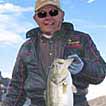 nd co-author of the book "Bass Fishing - It's not WHAT you throw, It's WHERE you throw it".
nd co-author of the book "Bass Fishing - It's not WHAT you throw, It's WHERE you throw it".
Contact Information
Richard Fleming Park
7919 West Lakeshore Dr.
Shreveport, LA 71107
318 929-2806
Fishing lakes in each state
091025
Cross Lake, Louisiana Report
LOUISIANA


Fishing for bass, hybrid stripers, crappies, bass, sunfish, gar and bowfin in northwest LA.







